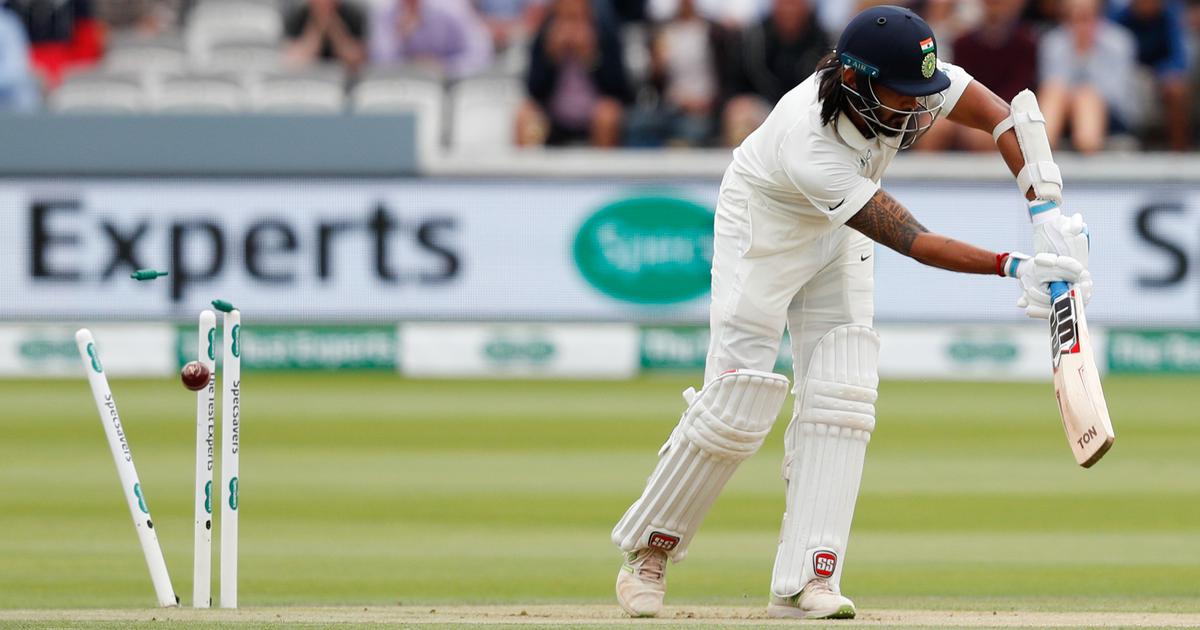Cricket is a sport where skill, technique, and strategy intertwine to create moments of brilliance on the field. Reverse swing bowling is a fascinating and effective strategy among the various methods that captivate cricket enthusiasts. While understanding the different types of bowling in cricket provides a solid foundation, this blog focuses on mastering the reverse swing bowling grip, a crucial component of swing bowling that can transform a bowler’s performance.
What is Reverse Swing Bowling?
Before delving into the reverse swing bowling grip, let’s clarify what reverse swing bowling entails. In swing bowling, the ball moves toward the seam’s tilt. However, with reverse swing, the ball behaves in the opposite direction, deceiving the batsman with unexpected movement. This phenomenon typically occurs when the ball is older and has worn unevenly.
Different Types of Bowling in Cricket: Reverse Swing Focus
While different types of bowling in cricket include various styles, such as fast bowling and spin, reverse swing is particularly intriguing due to its deceptive nature. Here, we focus on the reverse swing bowling grip and how it plays a pivotal role in achieving this effect.
The Reverse Swing Bowling Grip
Mastering the reverse swing bowling grip requires precision and practice. Here’s how to perfect it:
1. Grip the Ball Correctly
-
Seam Position:
o Hold the ball upright with the seam, ensuring it’s angled slightly towards the slip fielders. This position helps in generating the required movement.
-
Fingers and Thumb Placement:
o Place your index and middle fingers along the seam, spreading them comfortably. Your ring finger and pinky should rest lightly on the seam.
o The thumb should be positioned on the seam at the bottom of the ball, providing stability.
2. Maintain the Ball’s Shine
-
Condition of the Ball:
o For an effective reverse swing, one side of the ball should be shiny while the other is rough. This differential in texture causes the ball to move in the opposite direction to the shiny side.
3. Perfect Your Bowling Action
-
Release:
o Release the ball with a smooth action, ensuring that the seam stays upright. The wrist position should be firm to maintain the seam’s alignment.
-
Follow-Through:
o A complete follow-through helps maintain speed and ensure the seam doesn’t wobble, which can affect the reverse swing.
Techniques to Enhance Reverse Swing
Here are a few techniques to maximize the effectiveness of your reverse swing bowling:
1. Speed and Length:
-
Reverse swing is more pronounced at higher speeds. Aim for deliveries at speeds over 140 km/h.
-
Bowling at a fuller length can maximize the impact of reverse swing, as the ball moves late and surprises the batter.
2. Practice Different Conditions:
-
Experiment with various conditions and pitches. Dry, abrasive pitches often enhance the effectiveness of reverse swing.
3. Watch the Greats:
-
Study bowlers like Wasim Akram and Dale Steyn are known for their reverse swing prowess. Observe their grip, actions, and strategies.
Conclusion
Mastering the reverse swing bowling grip can significantly enhance your cricketing skills, offering a valuable edge in domestic and international matches. By understanding and practising the nuances of reverse swing, you can add a powerful weapon to your bowling arsenal. While this blog highlights the different types of bowling in cricket, the reverse swing technique exemplifies the artistry and strategy involved in swing bowling. So, take the time to perfect your grip, practice diligently, and let the reverse swing work its magic on the field!
FAQs
-
What is a reverse swing in cricket?
A reverse swing occurs when an older cricket ball moves in the opposite direction from the conventional swing, usually due to the differential wear on the ball’s surface.
-
How do you grip the ball for a reverse swing?
To grip the ball for reverse swing, hold it with the seam upright, spread your fingers along the seam, and place your thumb on the seam at the bottom of the ball.
-
How critical is the condition of the ball for reverse swing?
The condition of the ball is crucial. For an effective reverse swing, one side of the ball should be shiny and the other side rough to create the necessary movement.
-
What speed is ideal for reverse swing bowling?
Reverse swing is most effective at higher speeds, typically over 140 km/h. Faster deliveries enhance the movement and impact of reverse swing.
-
How can I practice reverse swing bowling?
Practice reverse swing by maintaining the ball’s shine and roughness, perfecting your grip and release, and experimenting with different conditions and pitches.




